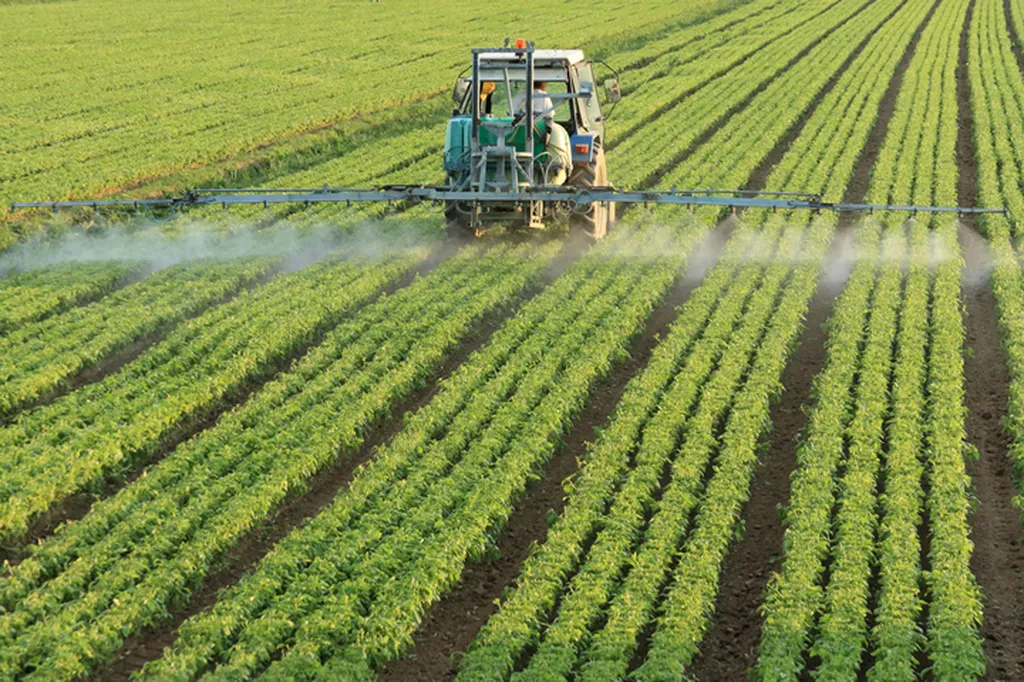In the heart of Jiangsu University, Zhenjiang, China, a team of researchers led by Honglei Zhang from the School of Agricultural Engineering is redefining the future of sustainable agriculture, one pea at a time. Their recent review, published in *Frontiers in Plant Science* (translated to English as “Frontiers in Plant Science”), offers a comprehensive look at the cultivation, harvesting, and storage of peas (Pisum sativum L.), highlighting innovations that could significantly impact the agricultural sector and, by extension, the energy industry.
Peas are a cornerstone of sustainable agriculture, known for their nitrogen-fixing abilities that enrich the soil and reduce the need for synthetic fertilizers. However, their potential has been hampered by fragmented agronomic practices. Zhang and his team have synthesized advancements across cultivation, mechanized harvesting, and post-harvest storage, revealing a path forward that could enhance food security and climate resilience.
One of the key findings of the review is the role of optimal growth conditions and nanotechnology interventions in enhancing abiotic stress tolerance in peas. “By leveraging nanotechnology, we can create more resilient crops that are better equipped to handle the challenges posed by climate change,” Zhang explains. This is particularly relevant for the energy sector, as sustainable agriculture practices can reduce the carbon footprint of food production, aligning with global efforts to transition to cleaner energy sources.
Mechanized harvesting innovations have also been a game-changer, reducing yield losses by up to 40%. However, the review notes that smallholder adoption and terrain compatibility remain critical challenges. “While the technology exists, we need to ensure it is accessible and adaptable to different farming contexts,” Zhang emphasizes. Addressing these barriers could unlock significant commercial opportunities, particularly in regions where smallholder farmers dominate the agricultural landscape.
Effective post-harvest strategies, such as low-temperature storage and hermetic bags, are crucial for preserving the quality of peas. These methods not only reduce post-harvest losses but also enhance the shelf life of the crop, making it more viable for commercial distribution. “Improving post-harvest handling can significantly boost the economic value of peas, benefiting both farmers and the broader agricultural supply chain,” Zhang adds.
Despite these advancements, systemic barriers persist. The review calls for interdisciplinary solutions that combine genomics, precision engineering, and farmer training to fully unlock the potential of peas as a keystone crop for sustainable food systems. “The future of agriculture lies in collaboration and innovation,” Zhang states. “By bringing together different disciplines, we can create more resilient and productive agricultural systems that support food security and environmental sustainability.”
The research by Zhang and his team not only sheds light on the current state of pea cultivation but also points to a future where sustainable agriculture plays a pivotal role in shaping the energy sector. As the world grapples with the challenges of climate change and food security, the insights from this review offer a beacon of hope, highlighting the transformative potential of integrated agronomic practices. With continued research and investment, peas could indeed become a cornerstone of a more sustainable and resilient food system, benefiting farmers, consumers, and the environment alike.

